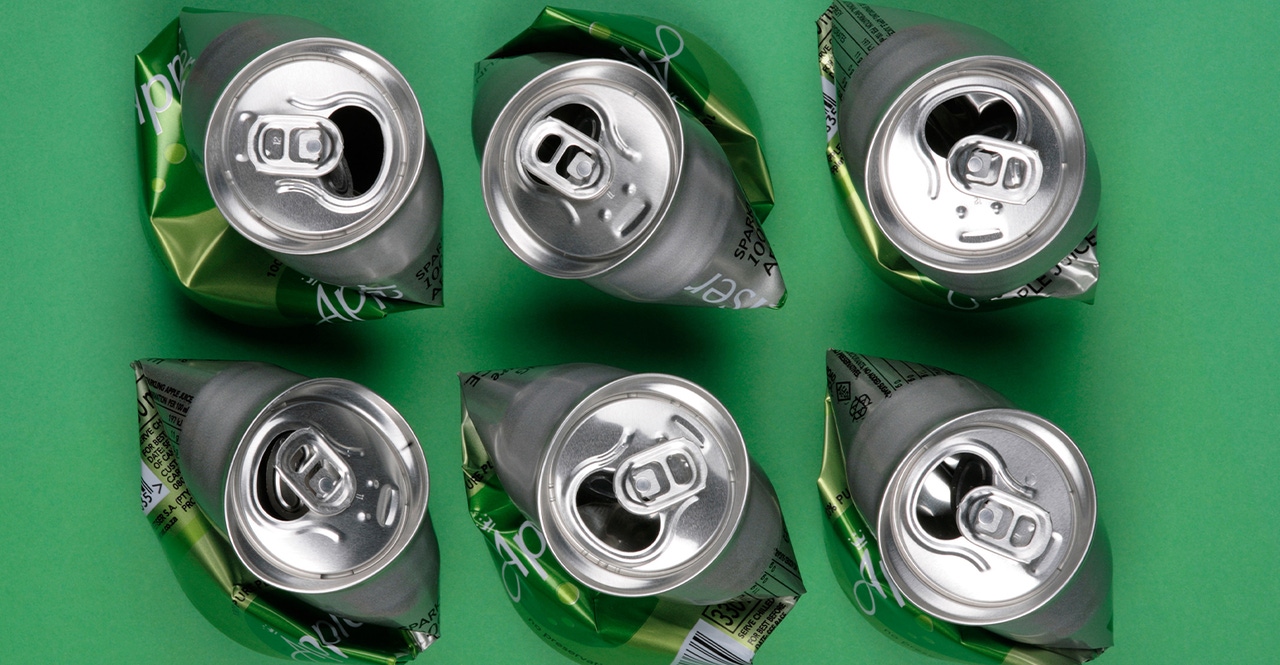Mass Balance Helps Verify Recycled Content Claims
How much recycled content actually goes into a given product? That’s not always easy to ascertain, especially with plastics. Recyclables go through multiple manufacturing steps and, along the way, typically get mixed with fossil-based feedstock. This complicated supply chain scenario is putting heat on brands called on to meet minimal recycled content requirements and to answer to consumers who demand transparency.

How much recycled content actually goes into a given product? That’s not always easy to ascertain, especially with plastics. Recyclables go through multiple manufacturing steps and, along the way, typically get mixed with fossil-based feedstock. This complicated supply chain scenario is putting heat on brands called on to meet minimal recycled content requirements and to answer to consumers who demand transparency.
Enter mass balance, a certified protocol that’s a way to precisely measure material inputs and outputs during production, allowing brands to stand behind their recycled content claims.
Ross Bergman, director of Recycled Material Standard for nonprofit GreenBlue, dives deeper into mass balance and what suppliers and brands would want to know about it.
Waste360: What is mass balance and how does it work?
Bergman: Mass balance tracks the use of materials beyond a single production batch, over a long time frame. As materials are processed, the recycler can accurately track the total amount of recycled material produced and build up “credits” like a bank account. This allows suppliers to assign recycled material claims to products for key customers based on the amount of credits available. This is a holistic, system-based approach where the market receives the full amount of recycled material. Mass balance allows suppliers to accurately track the total amount of materials they can allocate (as recycled content), charge different prices based on assigned claims, and provide brands a tool for accelerating post-consumer recycled resin (PCR) in their portfolio.
Example:
A compounder generates 10,000 tons of PCR and blends it into 90,000 tons of virgin materials making 100,000 tons of products. Instead of claiming 10 percent content, they use mass balance and assign claims to different batches at varying percentages as follows:
Product | Volume Sold (tons) | % PCR Claimed | Credits Consumed (tons) |
A | 75,000 | 0% | 0 |
B | 10,000 | 25% | 2500 |
C | 15,000 | 50% | 7500 |
Total | 100,000 | varies | 10,000 |
Once a product is assigned a mass balance claim, the supply chain must maintain transparency. This is another reason why chain of custody, linking all supply chain actors, is critically important.
Waste360: How widely adopted is mass balance?
Bergman: The mass balance approach is widespread in other industry sectors. The wood products industry has used mass balance for decades - supported by certification standards such as Forest Stewardship Council (FSC), Sustainable Forestry Initiative (SFI), and the Programme for the Endorsement of Forest Certification (PEFC). The FSC program has nearly 60,000 chain of custody certificates in place, and mass balance is the predominant type of claim used by the paper industry.
Mass balance also supports textile supply chains (e.g. cotton and wool), Free Trade cocoa and coffee, and other agricultural products like palm oil and soy.
Waste360: How does mass balance help with material flow/supply chain complexities?
Bergman: Mass balance has been proven to help kick start markets where the amount of sustainable materials is initially low and a percentage-based claim may be challenging to achieve. This is one of the reasons why mass balance is necessary for chemically recycled plastics.
Waste360: What are some complexities related to producing chemically recycled plastics and how it moves along the supply chain?
Bergman: Today, the predominant chemical recycling pathway uses pyrolysis to convert olefins like polyethylene (PE) and polypropylene (PP) into an oil. Pyrolysis oil must be further converted into building blocks for plastics. This can be done in a “cracker,” which is part of the infrastructure used for refining virgin crude oil. The “cracker” breaks down long chain molecules into smaller monomers such as ethylene and propylene while producing additional co-products (including fuels).
Recycled monomers converted back into plastics flow through the supply chain like other plastics. Supply chain actors want credit for the recycled materials - which is where standards and the mass balance method come into play. Standards ensure accurate accounting of materials that are recycled into products vs materials that are consumed as fuels.
Waste360: How is GreenBlue advancing mass balance? Who else leads in this space?
Bergman: GreenBlue developed the Recycled Material Standard (RMS), which is a voluntary, market-based framework that enables consistent labeling of products and packaging that contain or support verified recycled material. In addition, GreenBlue provides avenues for educating stakeholders about mass balance. Our Sustainable Packaging Coalition (SPC) hosts events and collaboratives for chemical recycling and flexible packaging, where members discuss practical methods to apply mass balance.
Outside of the U.S., we have seen leadership demonstrated by both trade associations and policy makers. For example, Plastics Europe has been a leading voice in clarifying that converting plastics to fuel cannot be counted as recycling [calling for verification of content through processes like mass balance]. The European Commission’s Single Use Plastic Directive is the first piece of legislation that we’ve seen incorporate mass balance. And the U.K. government recently held a public comment period to better understand perspectives on mass balance.
Waste360: Does mass balance have recycling applications other than for chemical recycling?
Bergman: The use of mass balance is not technology dependent. It is a well-defined chain of custody method that can be applied across a wide range of industries and technologies.
It may also be applied at different points in the supply chain.
For example, it is technically challenging to add recycled content at high levels to stretch film. With mass balance, a converter could use a small percentage of PCR across a line of stretch film and then assign the claims to serve customers that may be willing to pay a premium for recycled content at a higher level.
Waste360: How do certifications support mass balance?
Bergman: Certification programs provide clear definitions and guidelines for practicing mass balance so it can be applied consistently and transparently across the supply chain. Rather than a company issuing self-generated claims, certification provides an external source of truth to provide brands the highest level of assurance.
Audits are conducted by certification bodies (CBs) to verify that a company meets the requirements of a standard. CBs are seen as a neutral third-party when they are separate from both the organization that developed the standard and the company being audited.
This arrangement allows you to have a fully impartial system, where one group sets the rules (e.g. GreenBlue’s RMS); one group demonstrates conformance (e.g. the supply chain participant); and another group validates what the participant is doing (the certification body).
The CBs must also meet standards that assure impartiality and capability to accurately and consistently assess participants. For RMS, we have comprehensive criteria for CBs modeled after ISO 17065.
Waste360: How do you see mass balance impacting the future?
Bergman: Some stakeholders have been mired in a mindset that the only way to communicate the benefits of PCR is to use a single percentage representing the materials contained in a product. This approach limits the ability to use more recycled materials in different ways. By adopting mass balance, we can accelerate true positive impacts across the recycling system, put more recycled materials to use, and reduce reliance on virgin resources.
The mission of the RMS program is to advance the use of recycled materials. We see the recycling ecosystem as a dynamic, connected network that derives value from what is typically seen as waste. A more flexible system than the traditional method of single percentage claims provides a means for material to be processed, used in some form, and claimed by the companies who value it.
I have no doubt that with the support of strong certification systems, sustainability leaders will embrace the use of recycled materials, whether through mass balance or other methods, as a key component of sustainable manufacturing and transition to a more sustainable future.
About the Author
You May Also Like




.png?width=300&auto=webp&quality=80&disable=upscale)